I was not a fan of history in school but I can’t get enough of it as an adult. In high school, I was pretty sure knowing about some dead guy who lead an army in a war was not going to help me figure out how to be more popular, get a summer job, learn to do makeup without looking like a clown, or find a the right. I know I’m not alone in saying that history in school was a snooze fest so I guess the perspective we gain as we age provides us with an appreciation of history. We recognize how difficult it must have been to wagon train and settle in the west, the work that went into achieving the first flight, and the horror of war, slavery, persecution, destruction of animals and our environment.
One of our favorite things about RVing is that we have a lot of time to read and to see and learn about so much history. Hearing the stories, seeing artifacts and sites, brings this history to life and allows us to put all the pieces coherently together.
We’ve been to several Civil War sites now. Each similar in some ways and different in others. My takeaways have been:
- The Confederates were massively outnumbered and less well equipped as the Union Army of 2,100,000 soldiers was nearly twice the size of the Confederate Army of 1,064,000.
- It was the deadliest war in American history. There were around 210,000 soldiers killed in action and 625,000 total dead.
- Thirty percent of all Southern white males between the ages of 18 and 40 died in the war.
- The war was fought mostly on foot in fields, and swamps, and forests and the wounded flooded towns that became makeshift hospitals, not because they prepared to but because they had to.
- Sixty six percent of the deaths in the war were due to disease.
Vicksburg’s tale was no different.
The Battle of Vicksburg was a decisive Union victory led by General Ulysses S. Grant. The 47-day siege of Vicksburg eventually gave control of the Mississippi River—a critical supply line—to the Union and cut off trade to the Confederacy.
The Vicksburg National Military Park battlefield tour, like others, is a self-guided drive, full of plenty of info about the detailed battle, contains cannons and artillery, nd includes state monuments to the fallen on both sides.
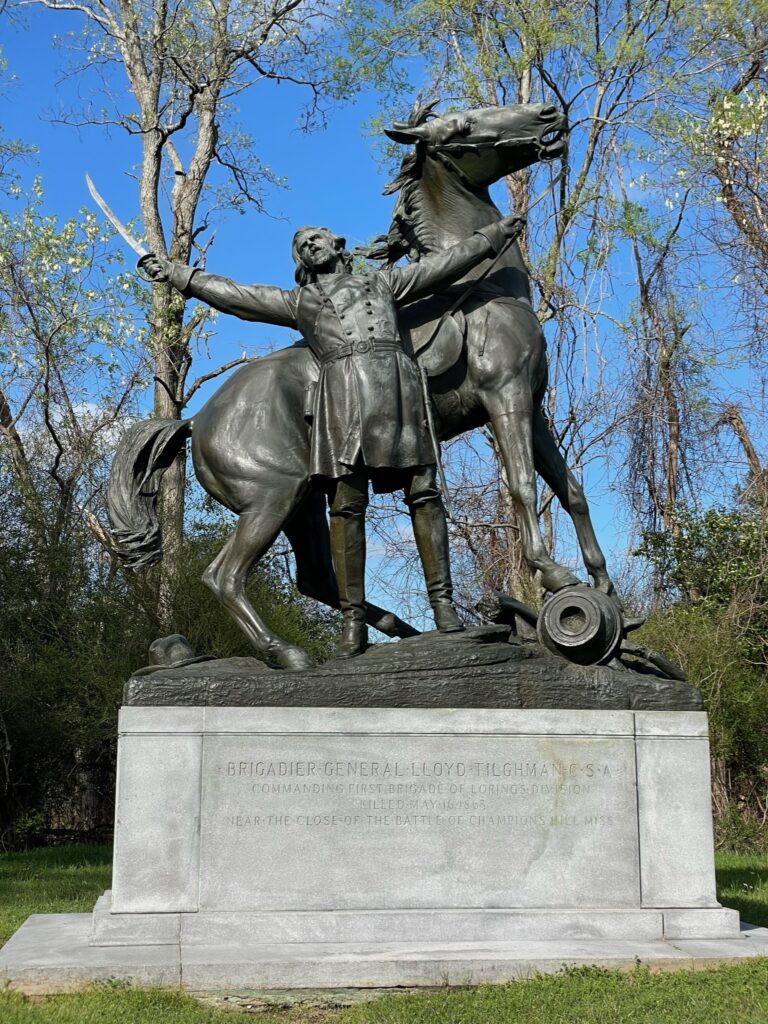
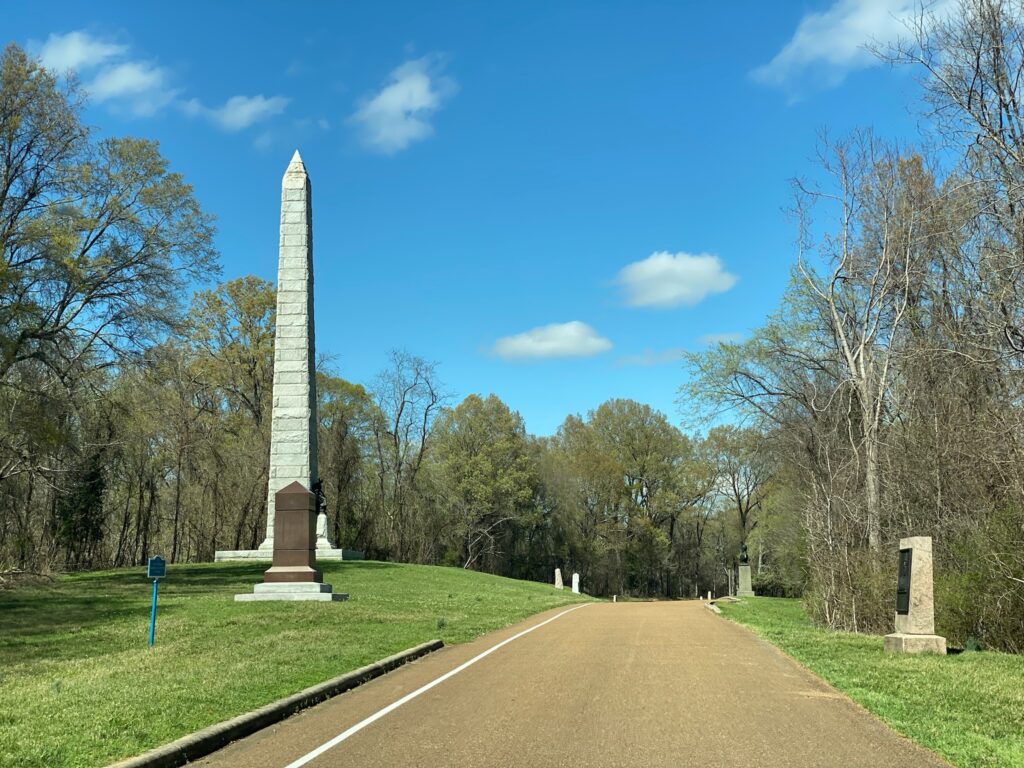
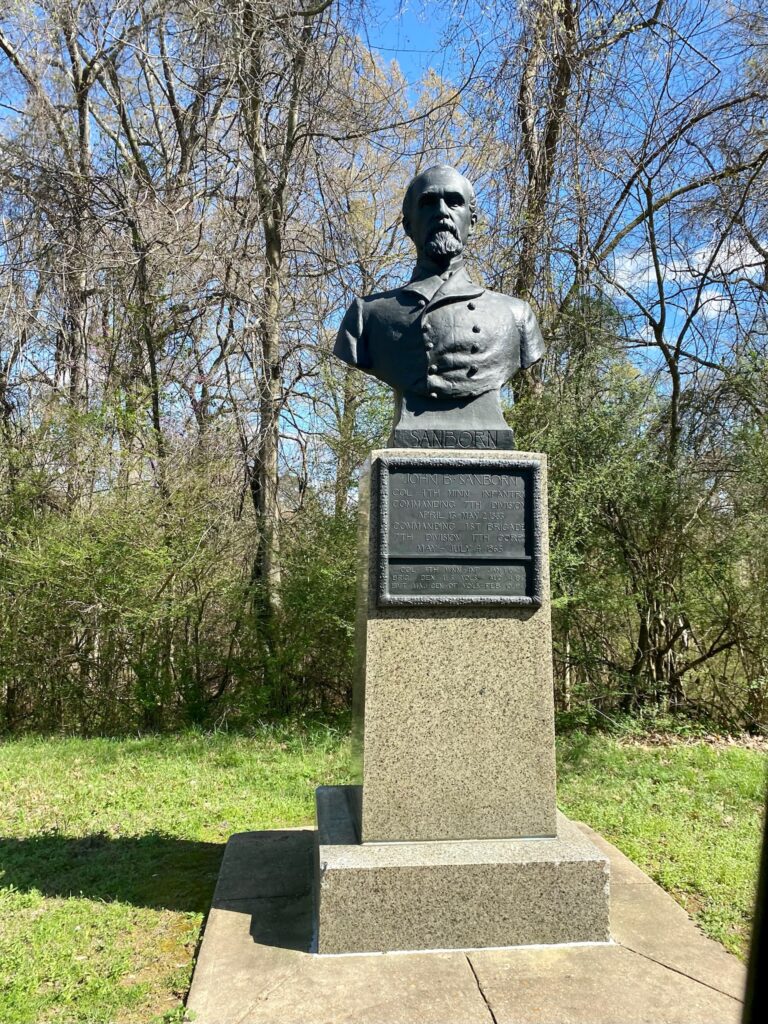
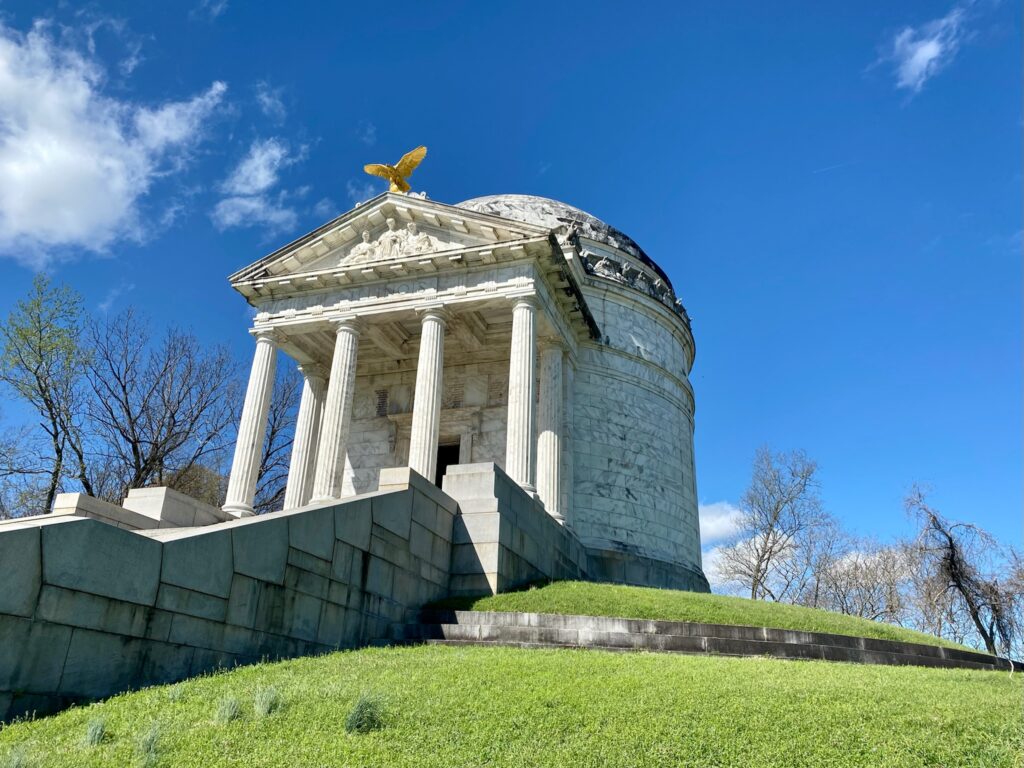
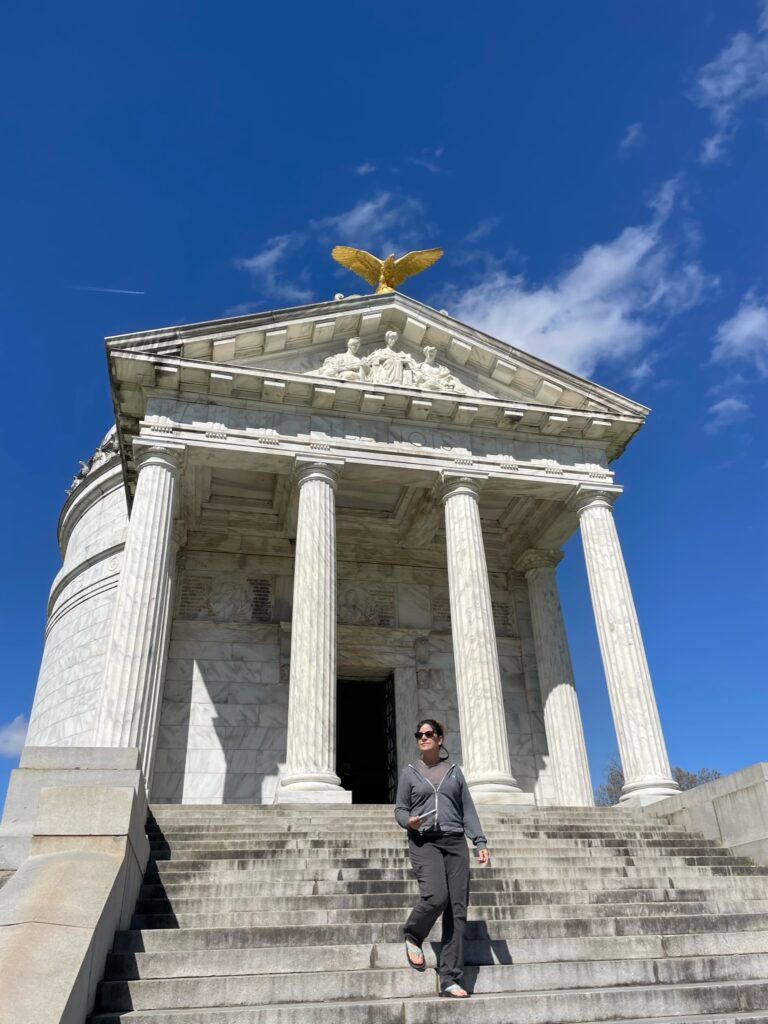

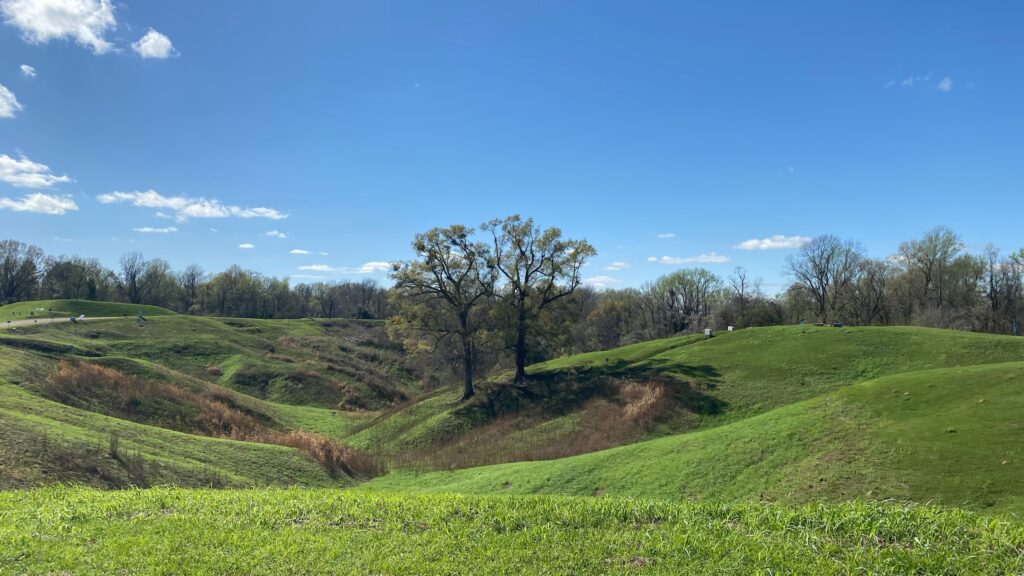
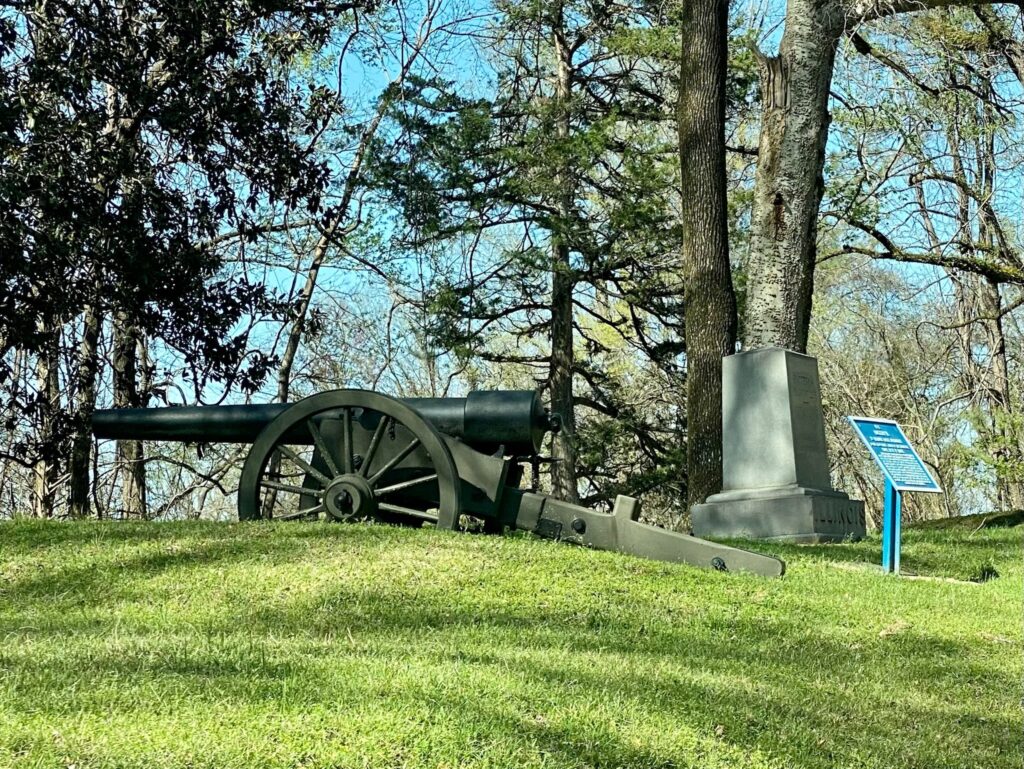
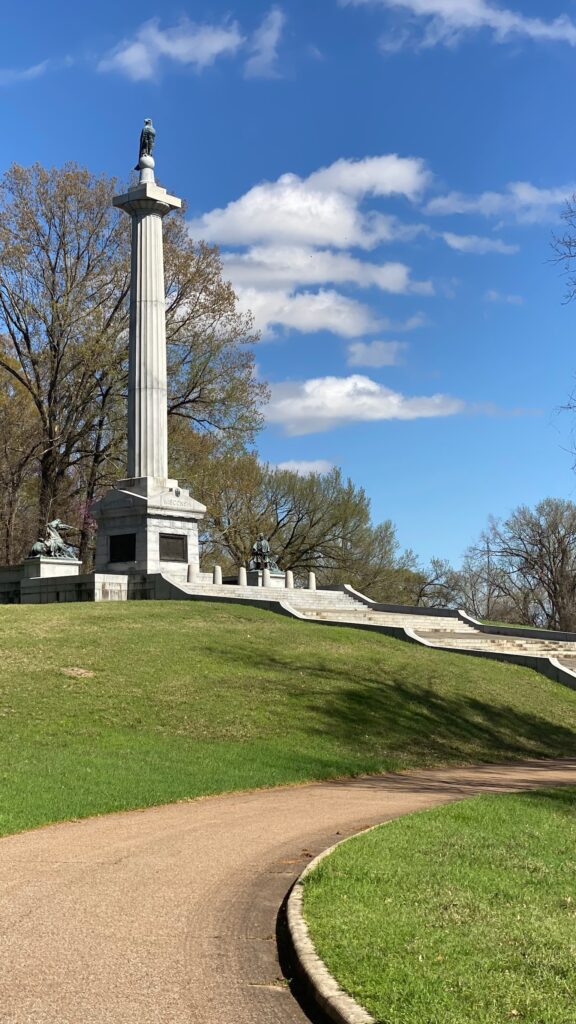
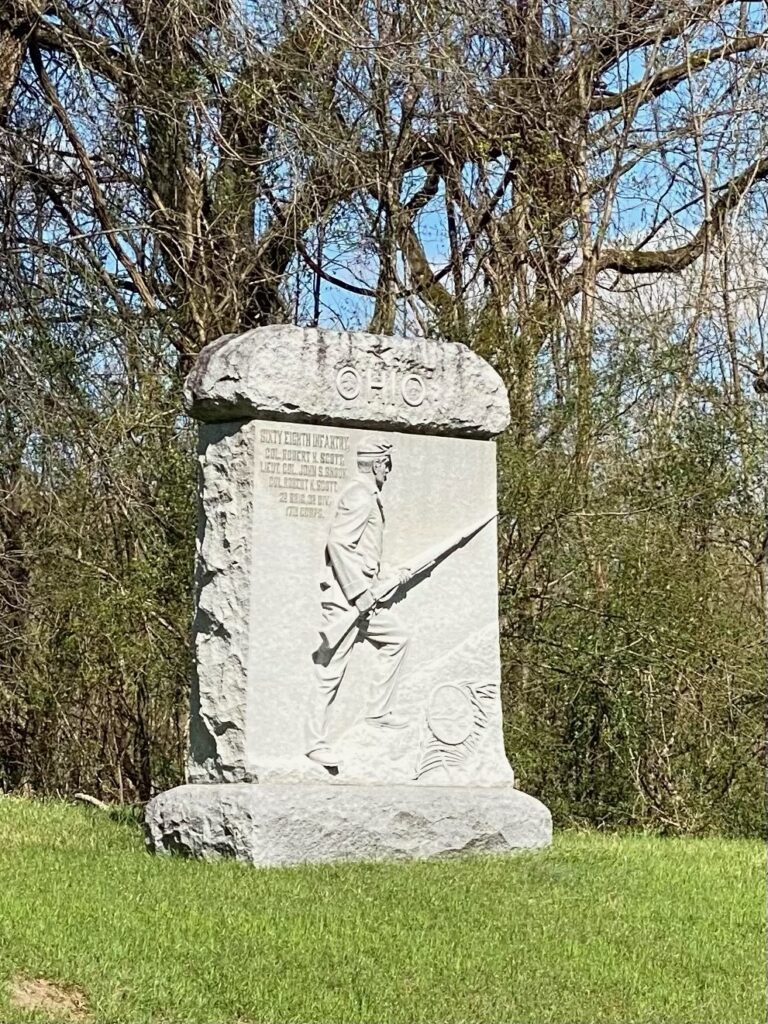
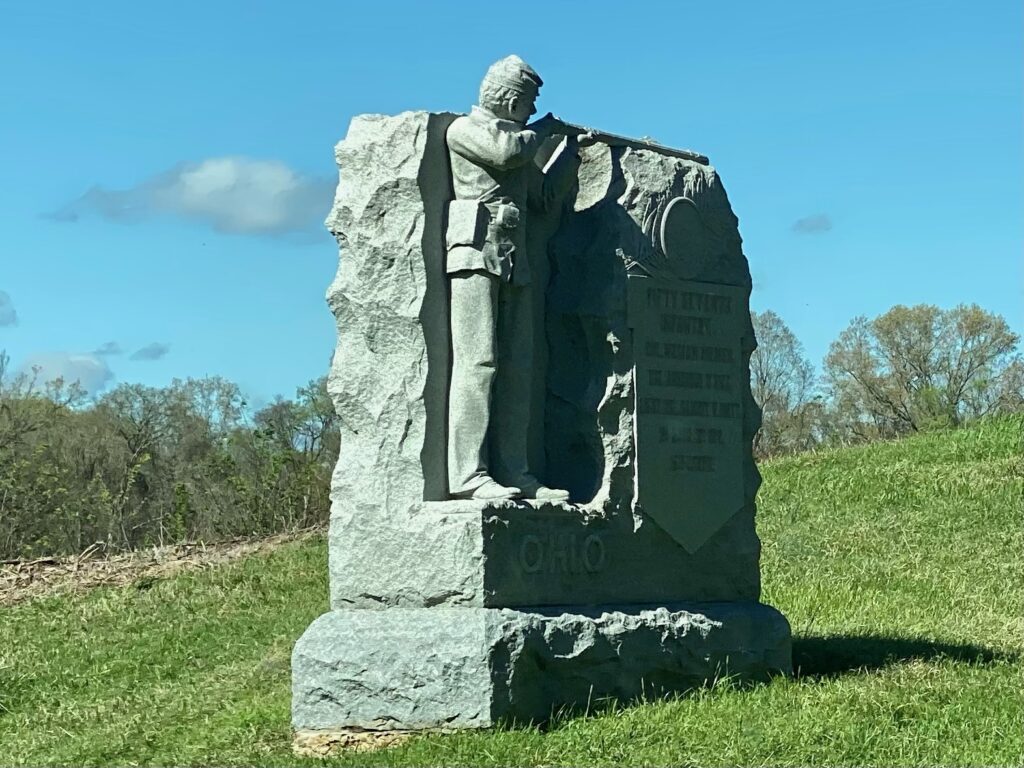
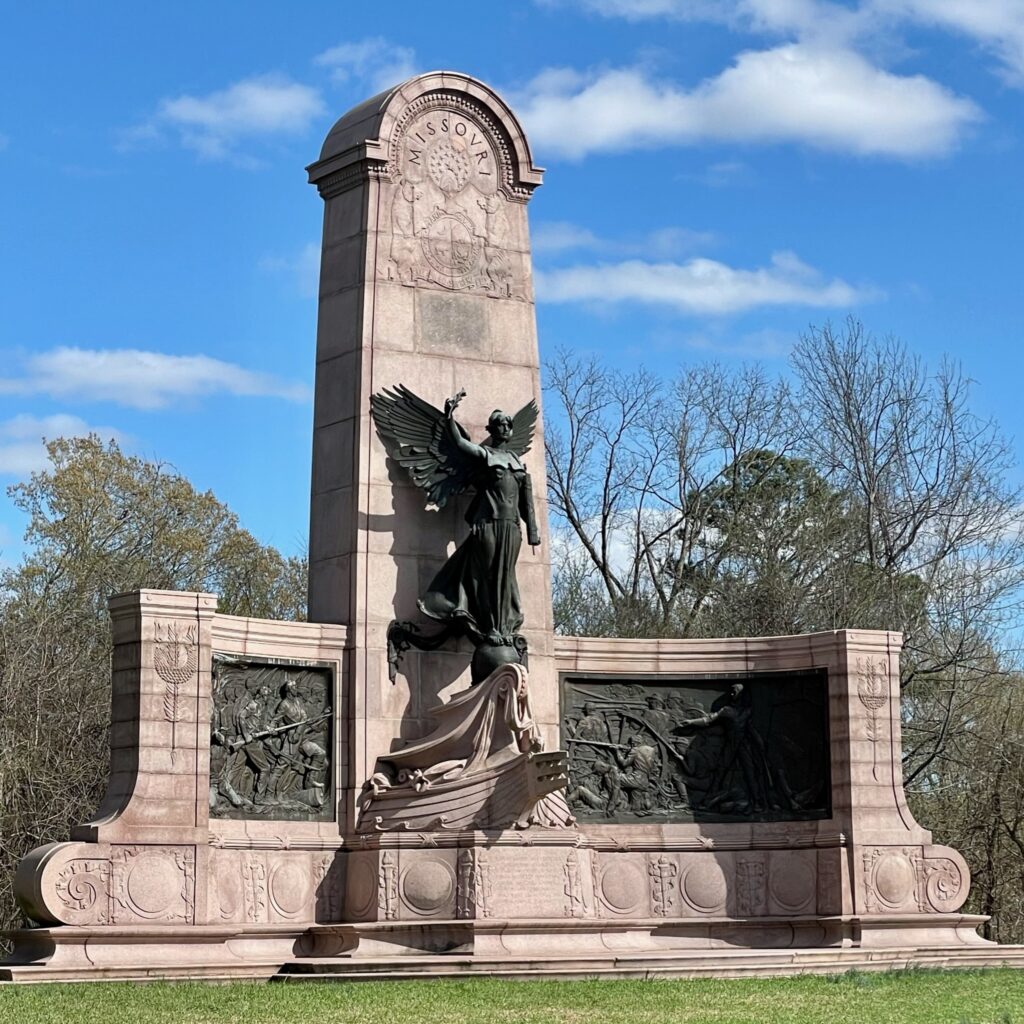
One thing unique to this battlefield was the restored gunboat, the USS Cairo (which sunk December 12, 1862). The Cairo, one of only seven “City Class Ironsides” was the first U.S. ship in history to be sunk by a torpedo. It was recovered in 1964 and, is not only on display, but can be walked through. The nearby museum contains information about its role in the war and its difficult recovery after 102 years in water.

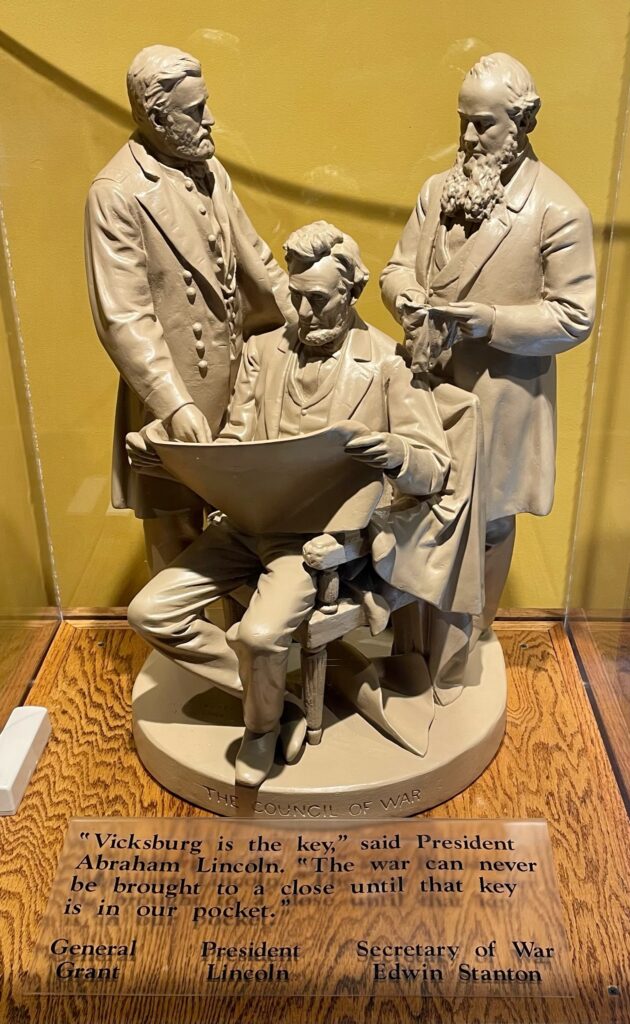
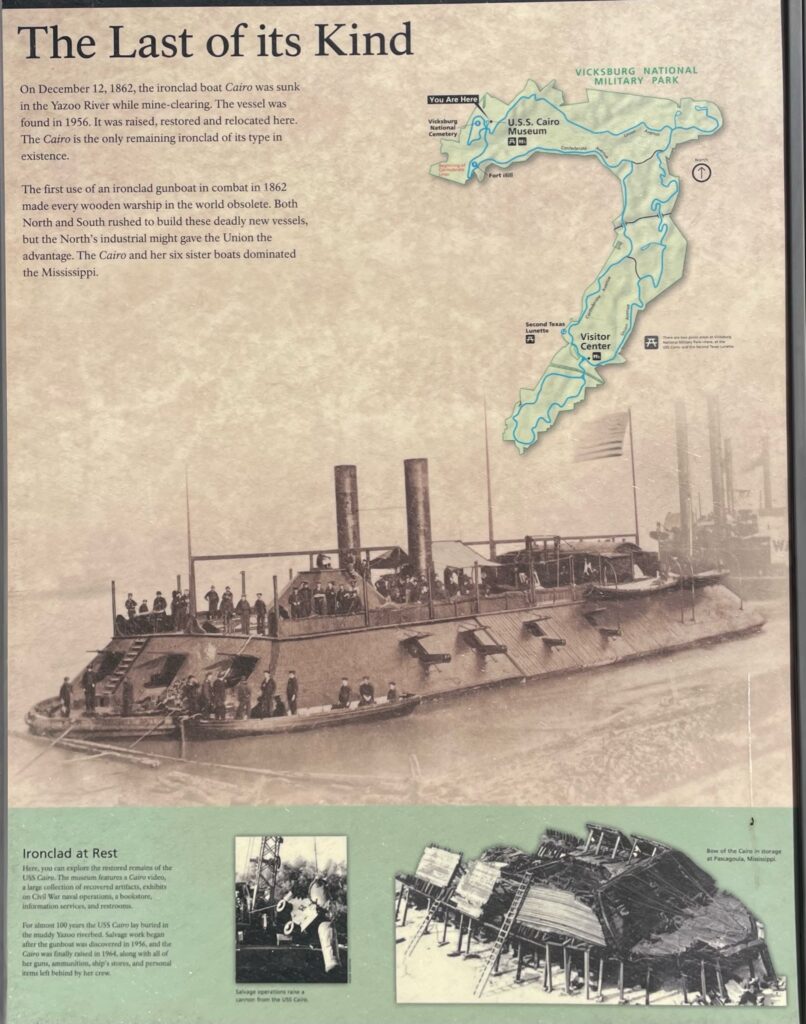
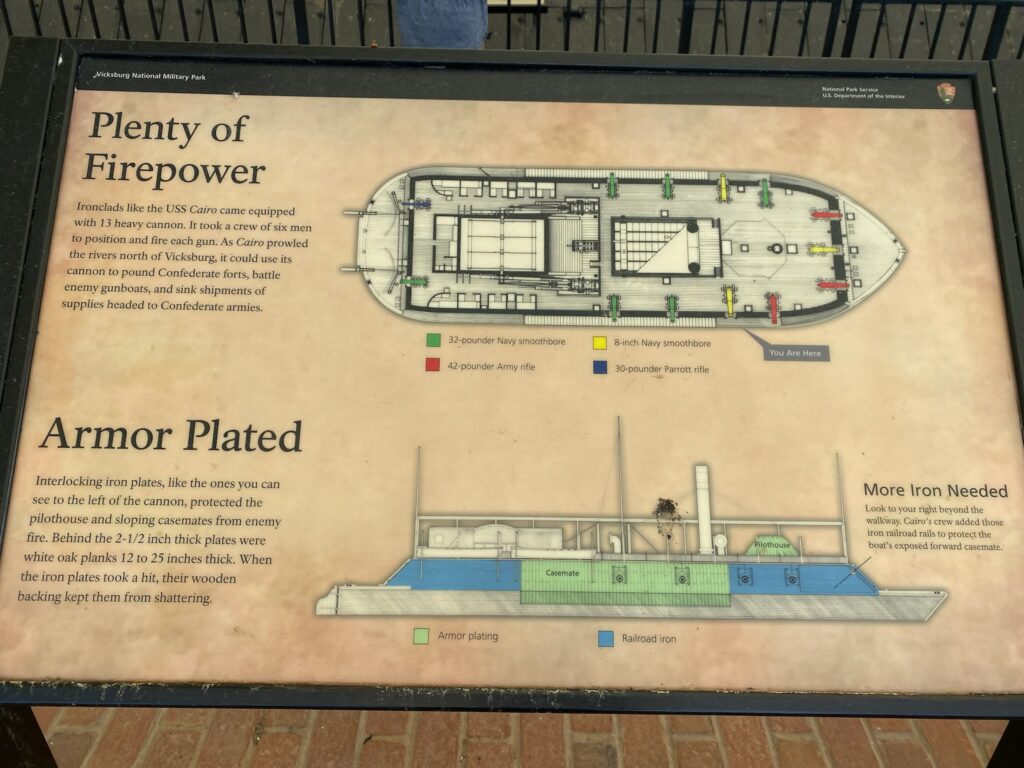
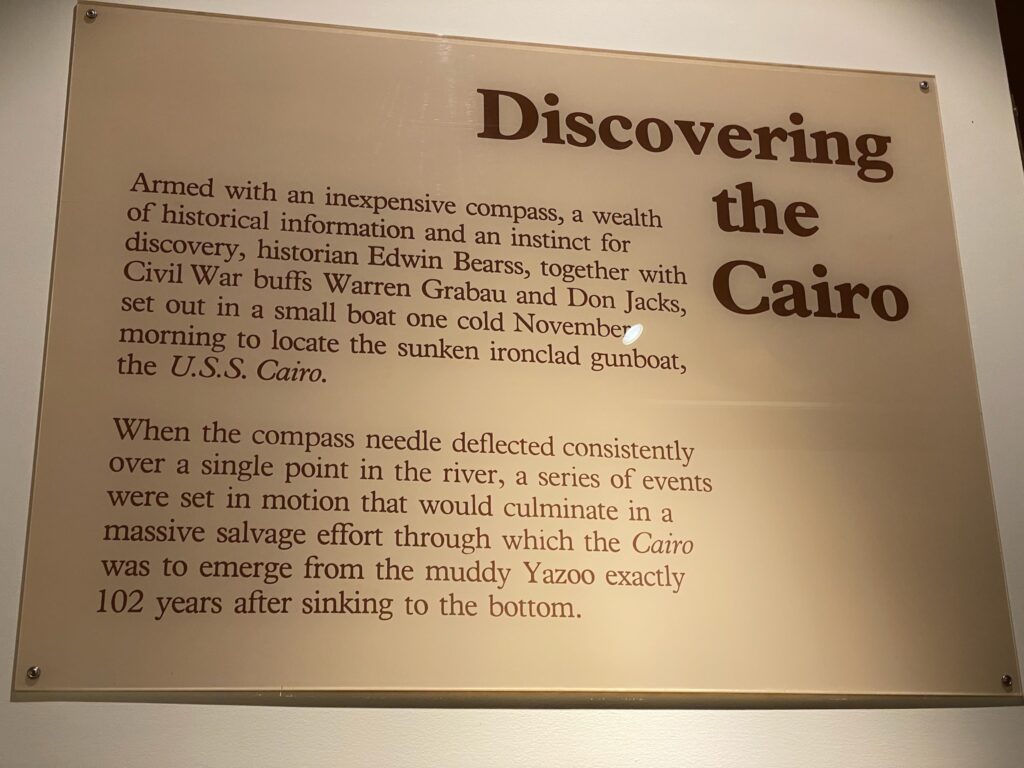
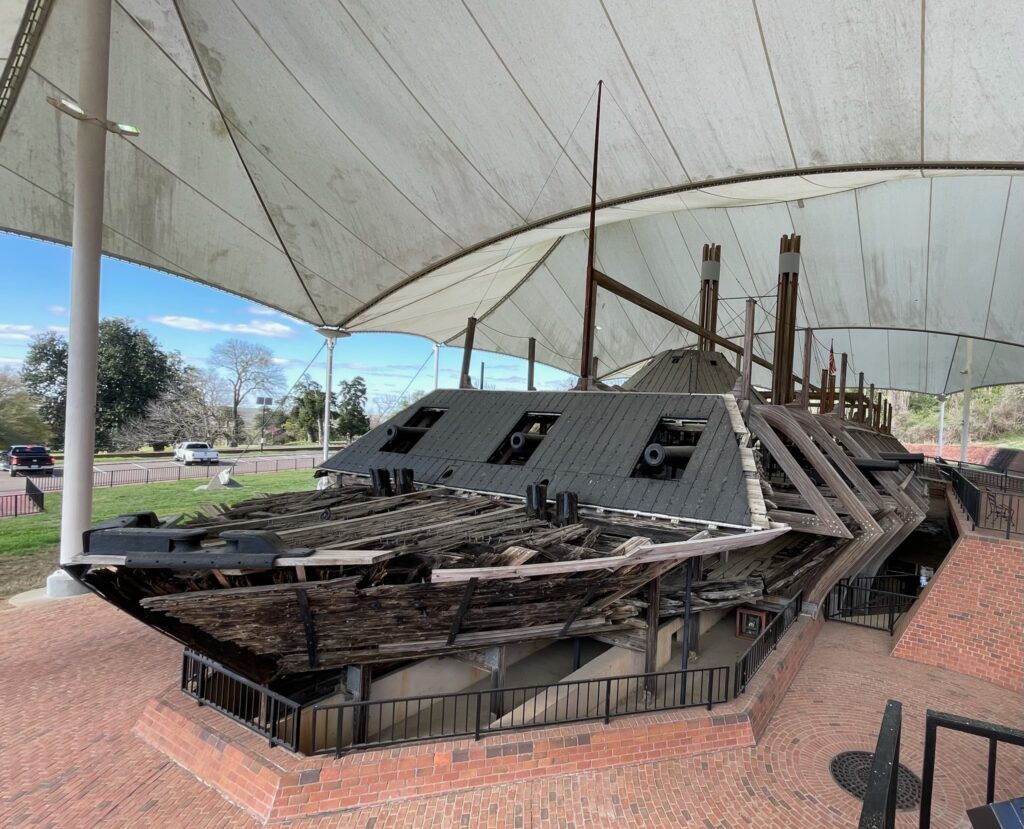
Visiting these somber places is not just a way to remember why both sides fought, it is also a lesson in how important it is that we work to avoid these types of conflicts in the future.

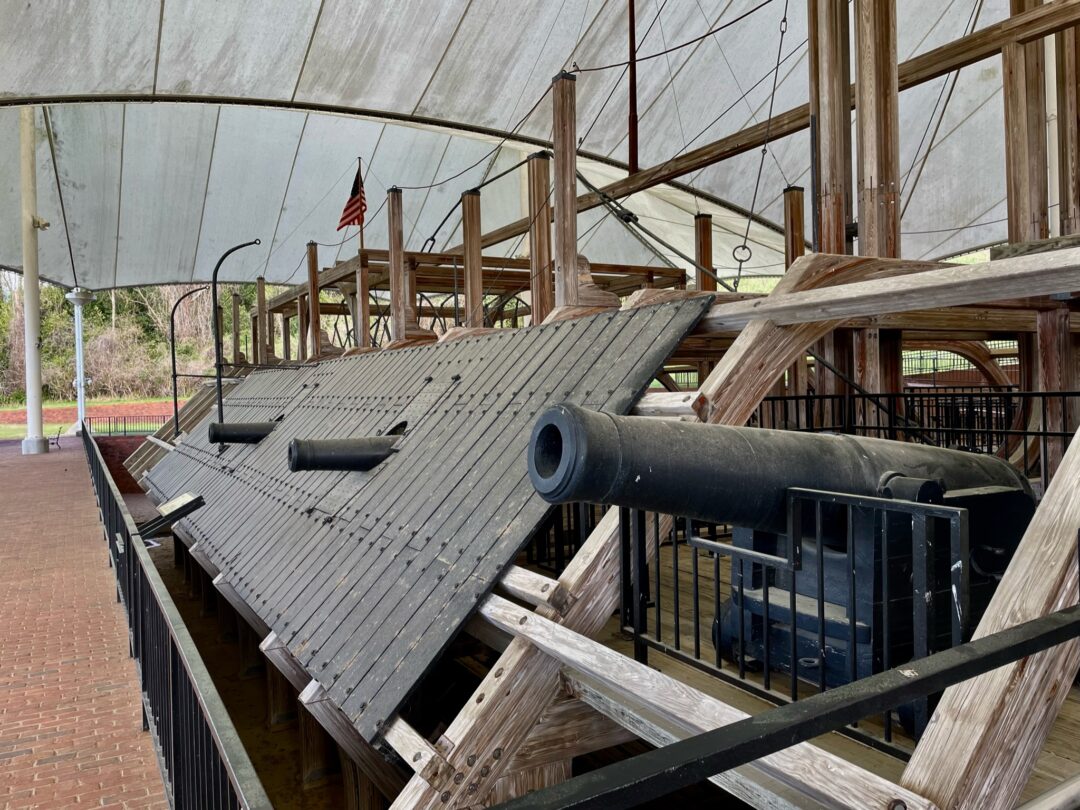

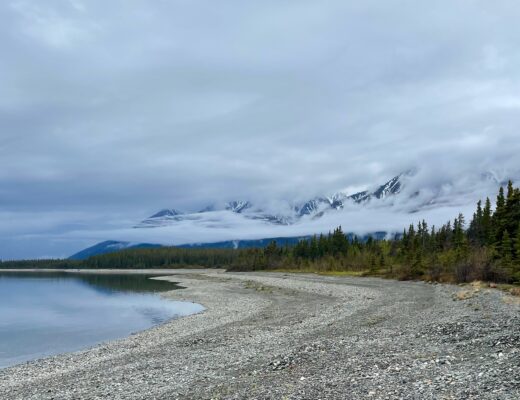









 Did you know that the oldest and largest aviati
Did you know that the oldest and largest aviati








 #camphairdontcar
#camphairdontcar


